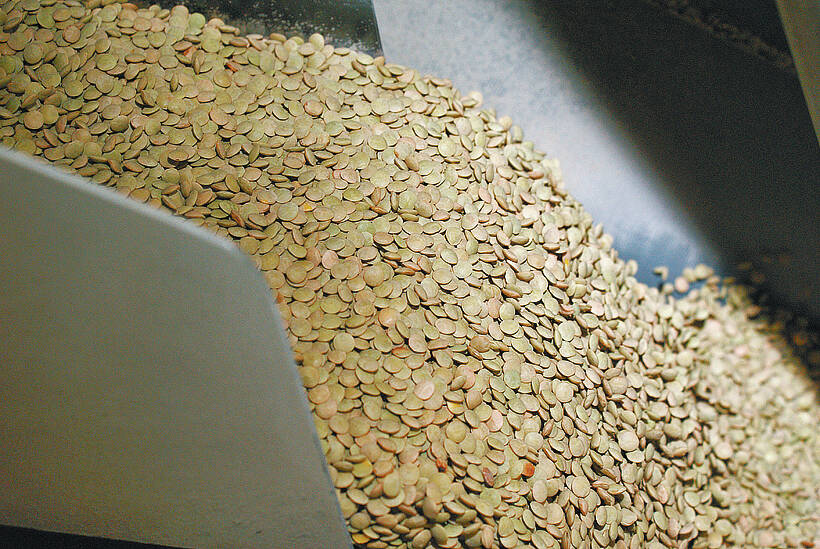“Farmers have been betrayed and the CWB given away to foreign interests in a final insult.”
“Farmers have been liberated and the new CWB makes their free market situation even better.”
“In the end, it’s hard to say if farmers are better off or worse off.”
Variations of those three perspectives came up again and again as I discussed the Global Grain Group takeover of the CWB with farmers, farm group leaders and others in the grain industry in the days following the April 15 announcement.
Read Also

Green lentil market oversupplied
Farmers in Western Canada can expect price pressure on their new crop of green lentils, as the available supplies among the world’s major lentil-growing nations increase significantly.
To me, there is truth and reasonableness in all three outlooks, and sorting through their contradictions is what makes it difficult to understand the final position of the western Canadian farmer in the post-CWB world.
In a practical, grain marketing sense, the situation today looks a lot better for farmers than it did before the G3 announcement. There is a chance here for another substantial, cross-prairie grain company to develop in the West, offering real competition to today’s dangerously concentrated, pipeline-like grain company oligarchy.
Parrish and Heimbecker has been bulking up its abilities and reach, so the CWB doing the same thing should quicken the competition in certain areas.
The more robust the competition for farmers’ grain, the better. It’s as simple as that, in practical terms.
But nothing about the CWB is simple. It’s a subject mired in decades of ideology and bad political blood, a contentious, divisive, polarizing subject.
That bad blood is going to be seeping into the future, staining perceptions for years.
Those who loved the collective nature of the old CWB and the presumed power and bargaining strength it gave farmers are right that the old CWB has been gutted and that giving control of its remnants to foreign-based grain companies seems the opposite of anything the CWB was supposed to be.
Those who hated the monopoly board and saw it as an offence against their freedom to market their crops as they saw fit are right that not only are they now free from its powers, but the G3 deal has improved the competition for farmers’ grain in the post-monopoly world.
Those in the broad middle of farm opinion are right to wonder where they now stand, after a bewildering number of changes and crises in the first few years after the board monopoly ended.
I think farmers would be smart to turn all their attention to improving the prairie market for farmers’ crops. The CWB issue has been resolved; now let’s look at today’s challenges to a true free market:
- Lack of price transparency — As we’ve seen from the recent confusion about wheat prices in Western Canada, farmers don’t feel they truly understand the prices that grain companies offer for their crops. The grain companies don’t think there’s a problem, but many farmers do. For the sake of farmers, let’s hope some of the price transparency efforts, such as the one being undertaken by the Alberta Wheat Commission, are successful. A free market without transparent prices isn’t truly a free market.
- Uncompetitive rail service — As our columnist Kevin Hursh noted in last week’s paper: “Business will not be lost from sub-standard performance.” There will always be a need to hold a hammer over the heads of the two national railways to compensate for the structural lack of competition to haul grain. Farmers should be making sure that their organizations are fully involved in providing feedback for issues such as the Canada Transportation Act review. Powers such as interswitching could become vital in coming years, especially with more rail investment south of the border.
- Lack of farmer co-operation in the wheat and durum business — The wheat and durum industries are having trouble getting together and forming a cross-prairie, industry-wide approach to farmer and industry issues. Until Western Canada’s wheat and durum growers can get into one big tent together, other parts of the industry won’t know who to listen to and will be able to play off one set of farmers against another.















